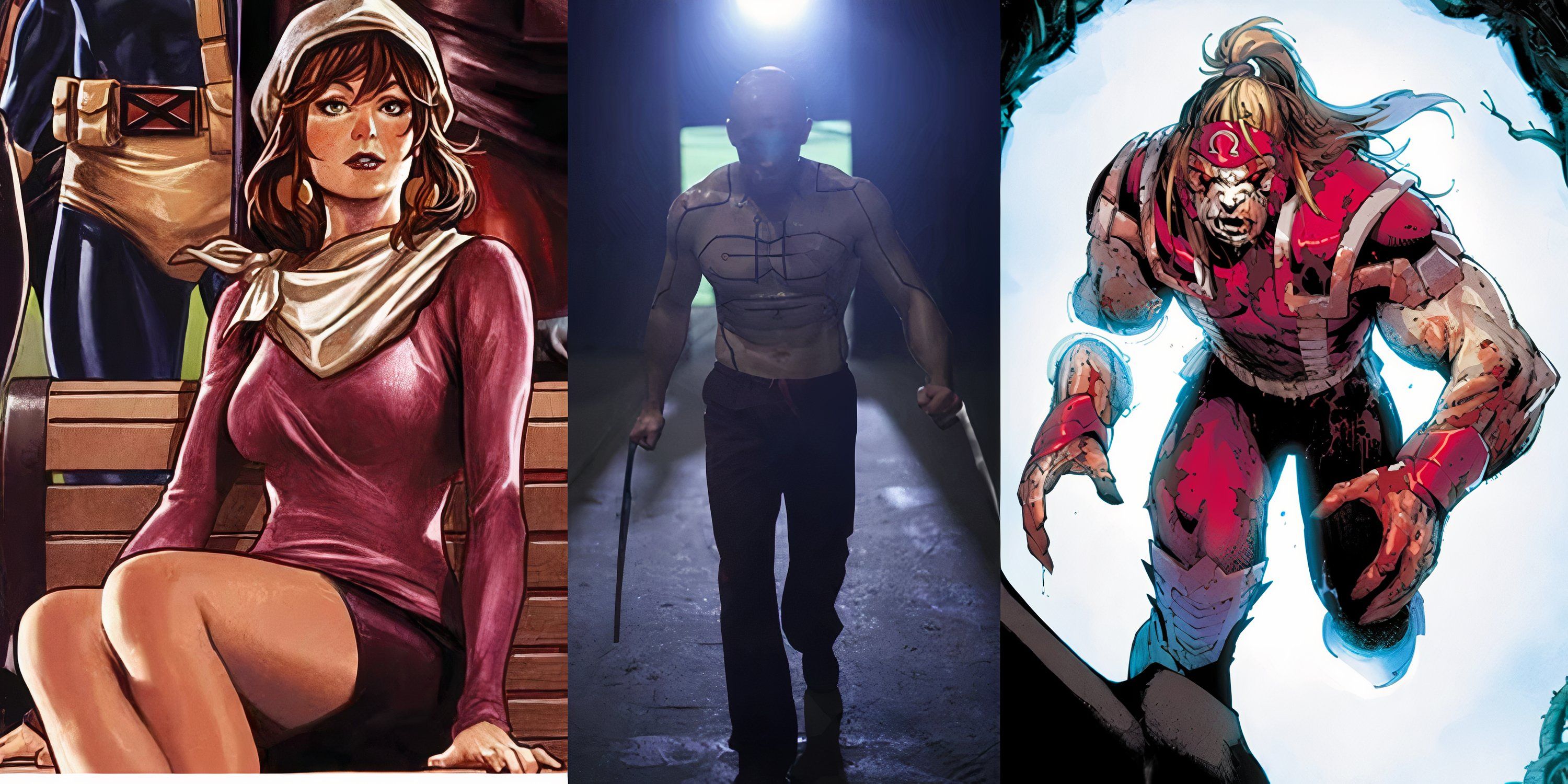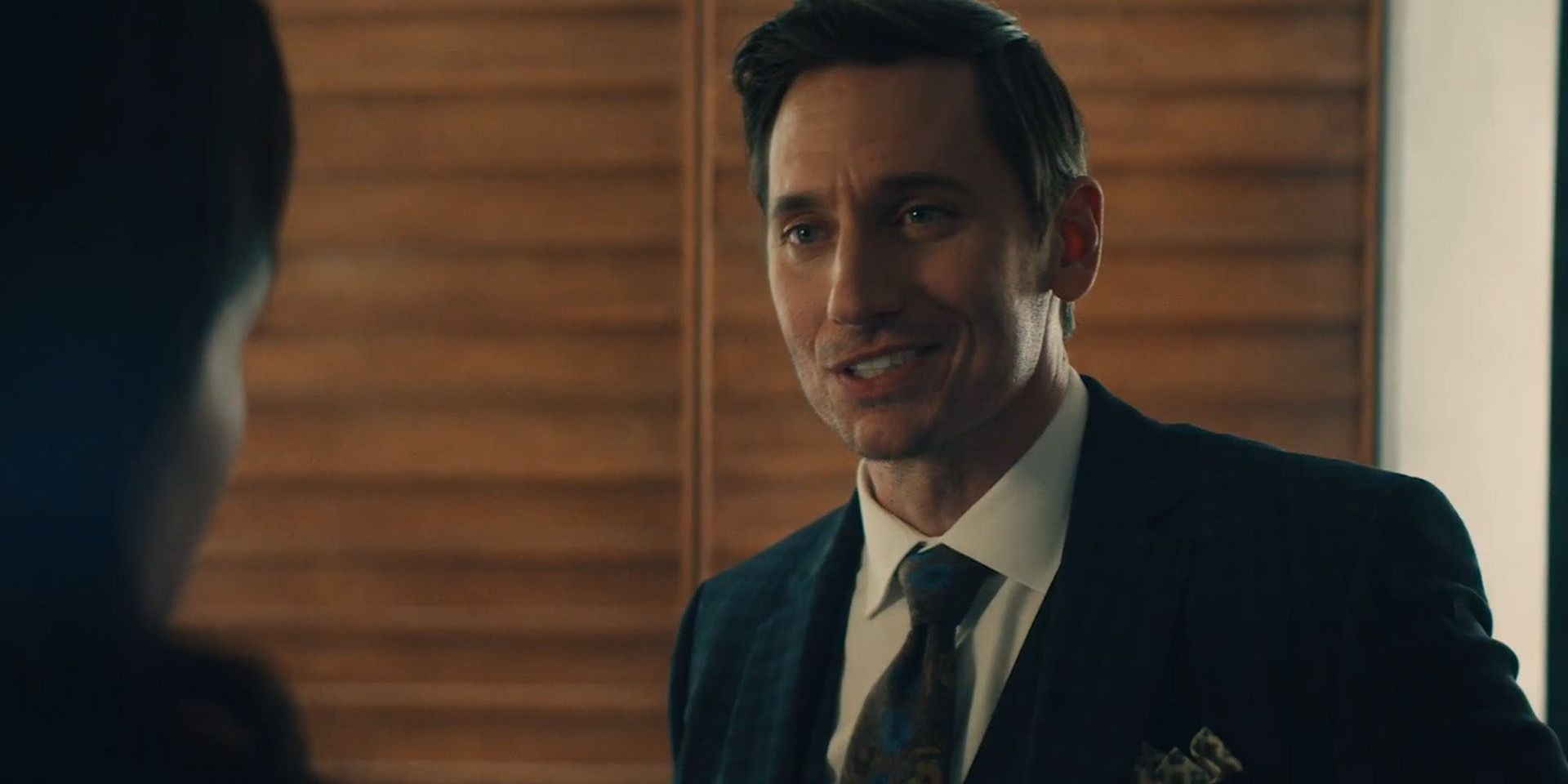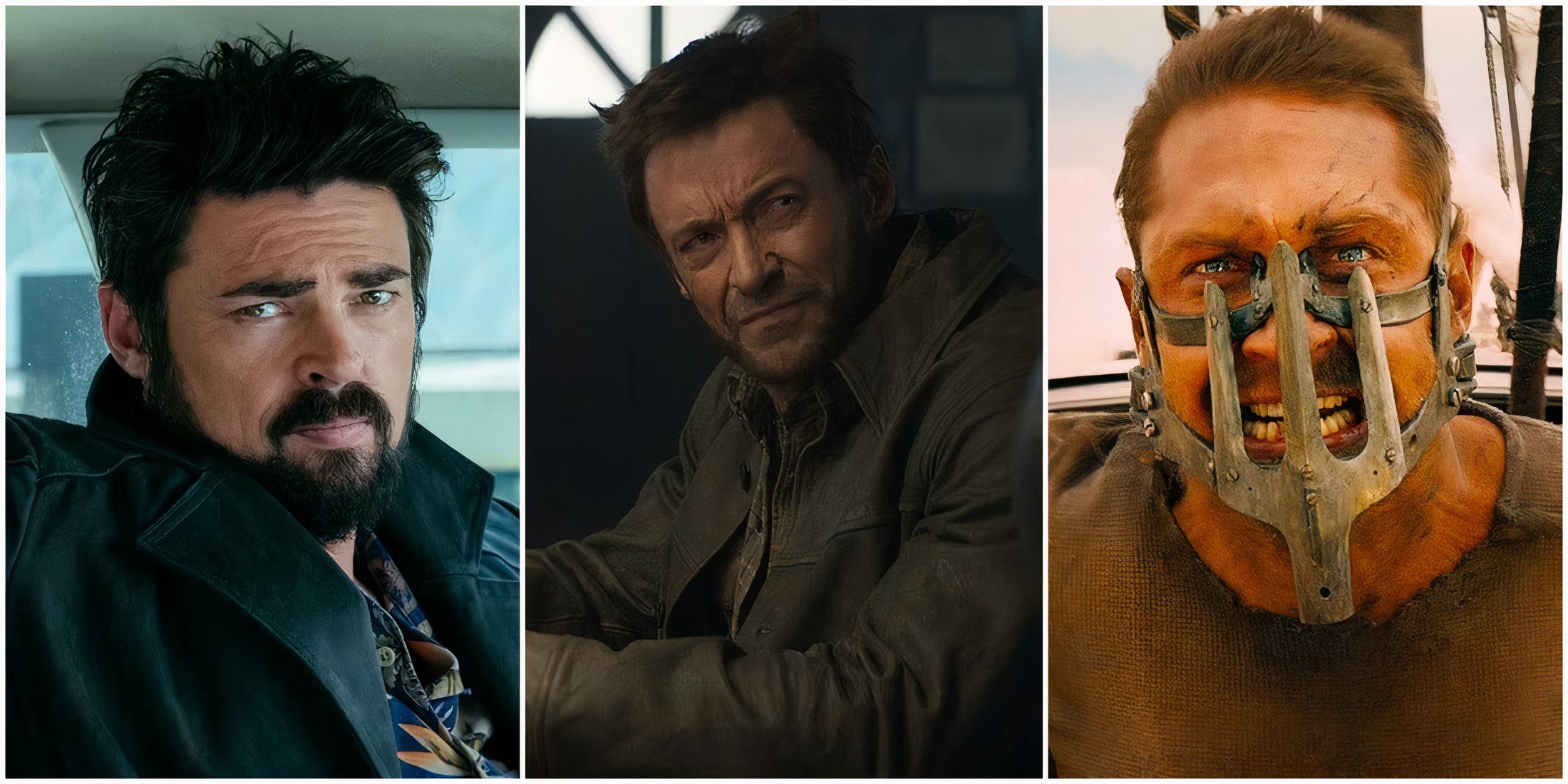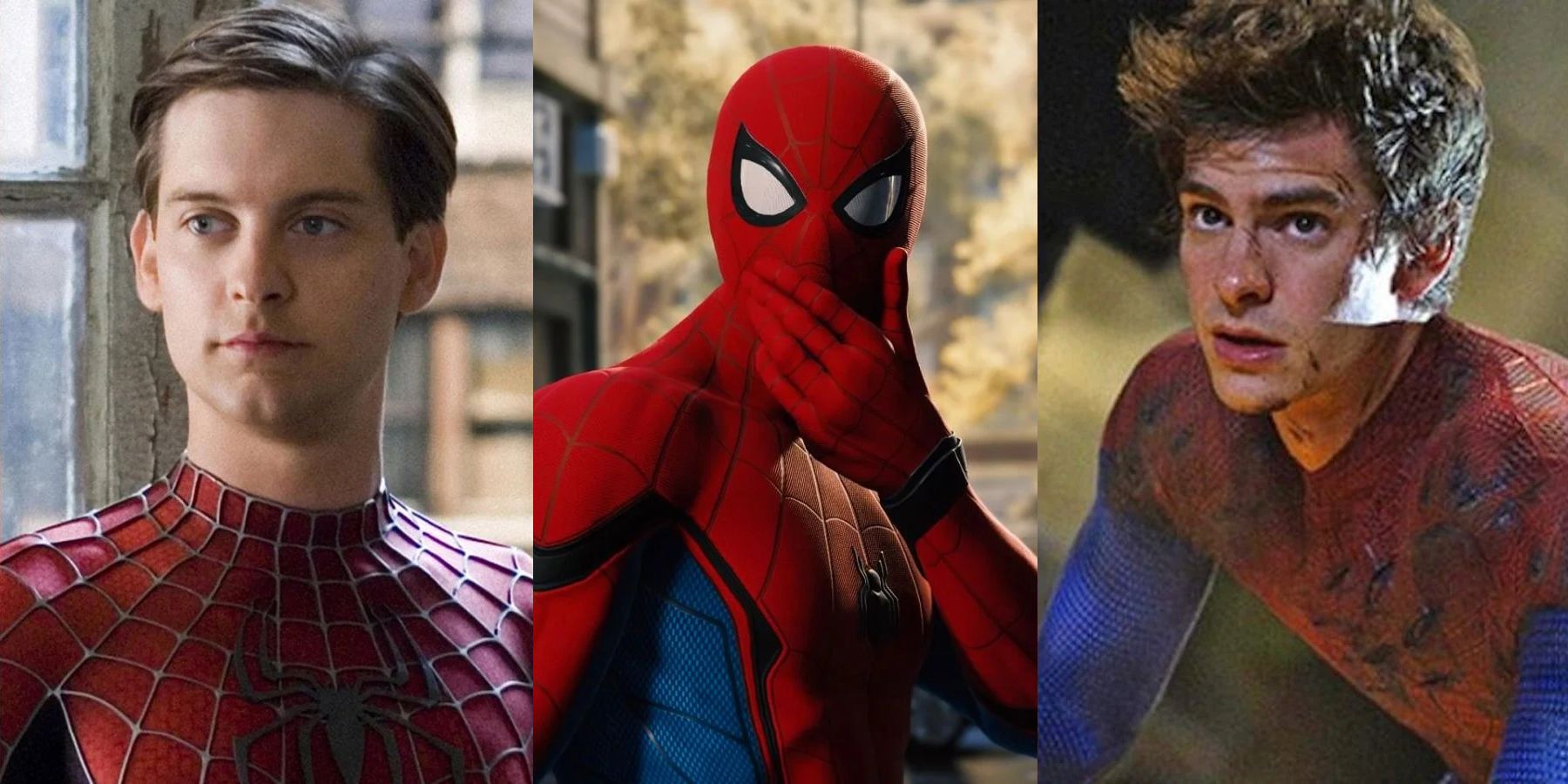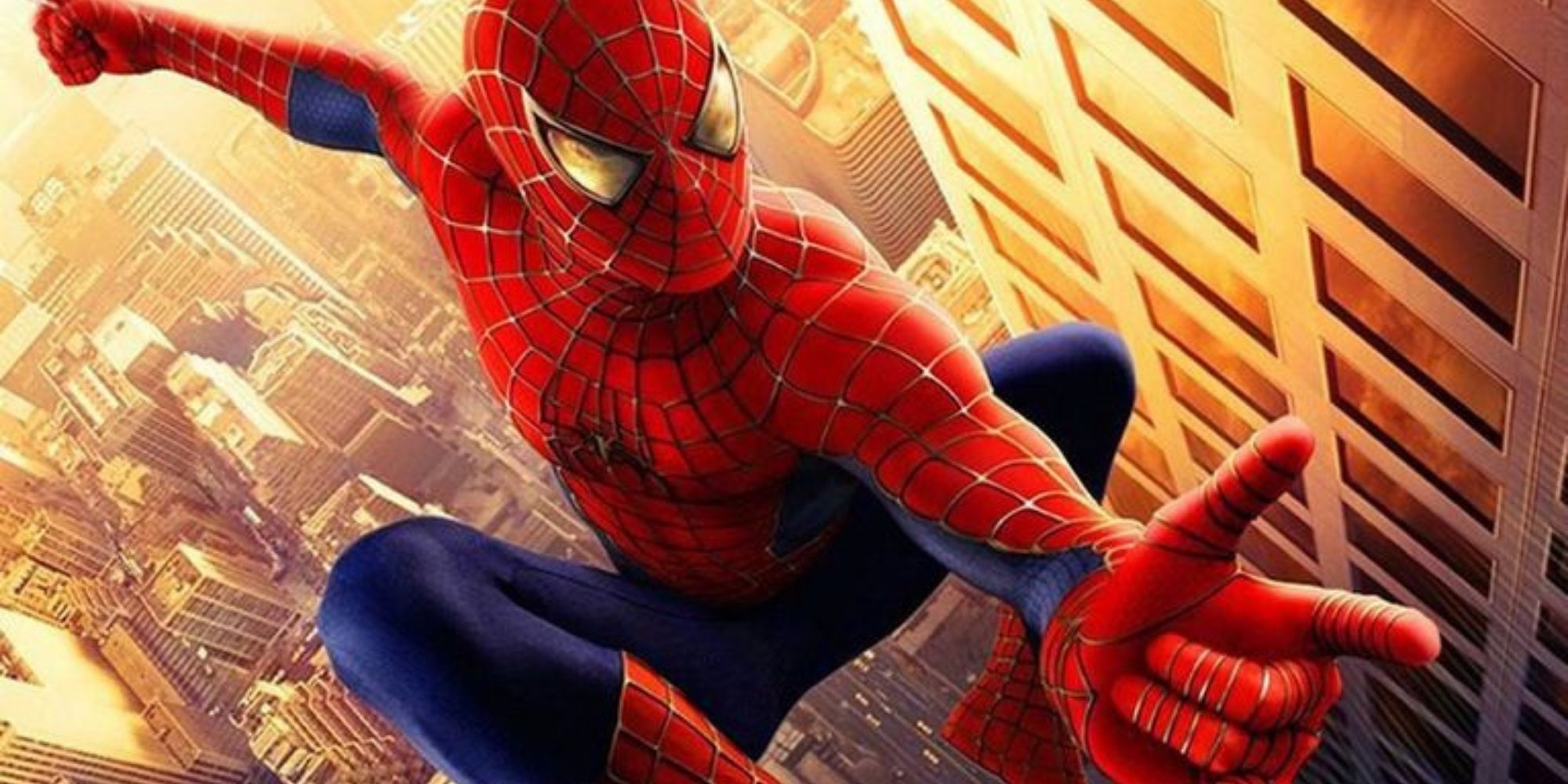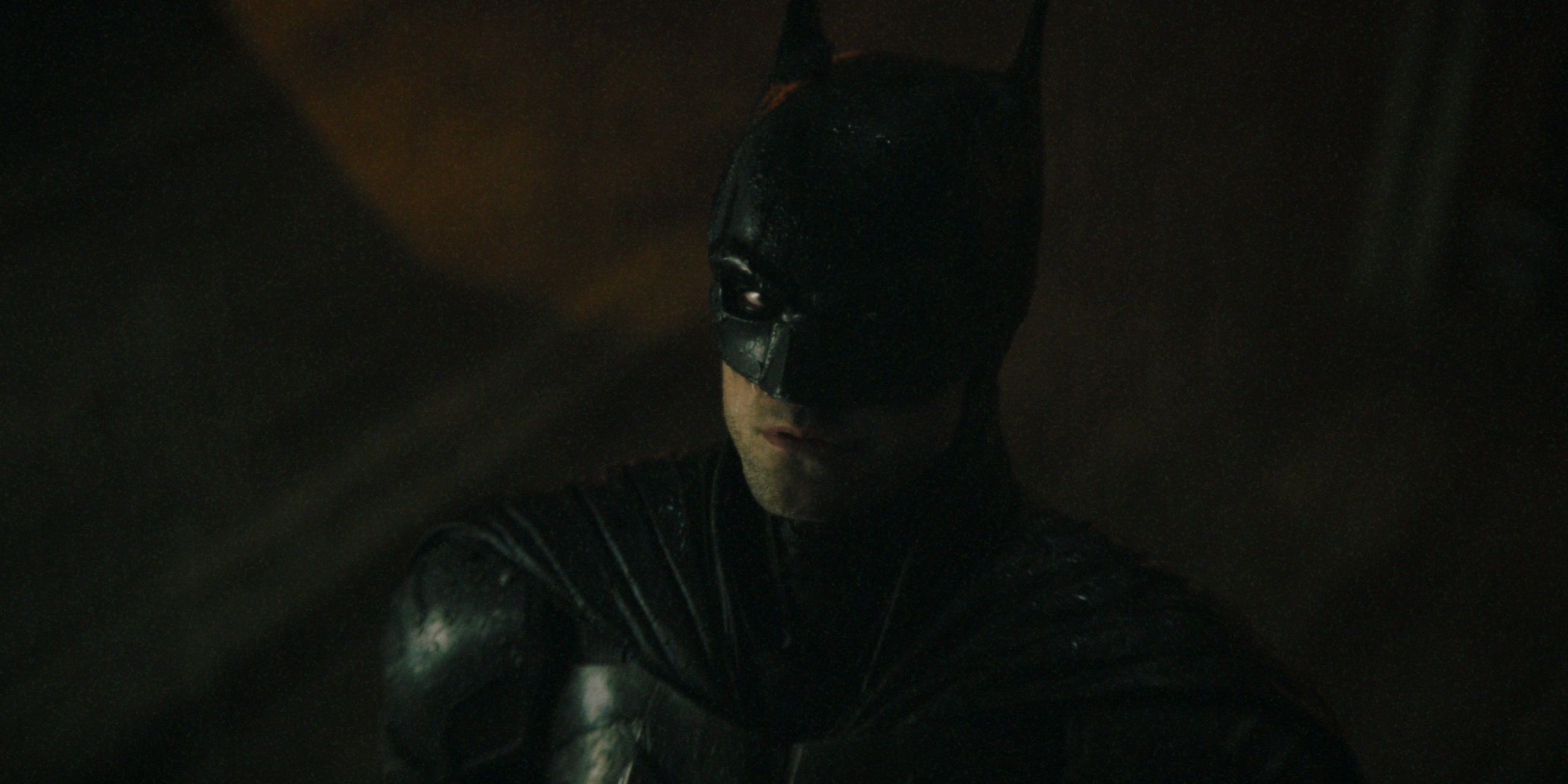As everyone already knows, there are a truly staggering amount of superhero projects coming to the big and small screens each year. Most have described this as far too much, and while they are correct, fans do still gain some benefits from the constant outflow of new superhero media.
Back in the nineties and early 2000s, the landscape of superhero cinema was a drastically different environment. From Bladeto Raimi's Spider-Man to Batman & Robin, fan expectations were set at an all-time high. Fans weren't demanding perfection out of simple ignorance, but out of a history of being taught how easily it could all go away. The eight-year period between the release of Batman & Robin and Batman Begins is longer than any gap in Batman film releases since. The internet and surrounding superhero fan infrastructure weren't what they are today, so there was a very real fear amongst the fanbase.
After the disappointing release of Batman & Robin, fans began to fear that Batman wouldn't get another chance on the big screen. This was the animating philosophy behind most of the early superhero film efforts. Superman was off the big screen for almost 20 years after The Quest for Peace. When Sam Raimi took the reins of Spider-Man, it was the first cinematic outing for the most popular superhero in the world. Fans lived in fear of Tobey Maguire's first time in the costume ending in disaster, in which case Spidey might never get to the movies again. Of course, those fears were assuaged the moment fans saw Raimi's Spider-Man, but other examples weren't so lucky. Blade: Trinity seems to have laid The Daywalker to rest for around two decades.
Superhero oversaturation acts as a safety net for the entire concept. One or two bad movies aren't going to sink the MCU. They won't even slow it down. Bad superhero movies are just swept under the rug or turned into hilarious internet memes these days. Fans hardly have time to look back at a project that didn't work, as it's dropped from the canon with breakneck speed. Multiple MCU projects languish in obscurity, either for a lack of success or failure to connect to the larger narrative. Even beyond success, superhero oversaturation carries benefits to each work on a subjective level.
For the first few years of the DCEU, most of the big projects were under the creative vision of Zack Snyder. Love him or hate him, he's an intensely controversial filmmaker. Fans who loved Snyder's take on Superman or Batman had their fill, but those who weren't so excited about his very specific proclivities were left out. Lucky for them, a new take on Batman was just on the horizon. Fans only had to wait a year between the Snyder Cut and Matt Reeves' interpretation of the Caped Crusader. The constant outflow of new superhero movies means constant new takes on beloved characters. There's always going to be a new Spider-Man, a new Batman, and so on. Fans can pick and choose their favorite creators, their favorite storylines, and even their favorite characters and watch selectively. There's a never-ending bevy of content to dive into, no significant penalty for choosing to skip some parts, and no one creative team getting exclusive control over a character.
In this new model of superhero cinema, multiple interesting filmmakers get their runs with specific characters, and quality varies wildly between entries is an ideal evolution of the form. Fans of the source material should actually find it pretty familiar, because this format is basically the release model of comic books. A bad comic book becomes the subject of jokes before it is consigned to the eternal trash bin and dropped from the continuity. No single writer or artist has full possession of a beloved character. Fans can pick and choose their favorite runs, debate every moving piece of the massive narrative tapestry, and dodge whichever pieces don't interested them. The biggest difference between the modern version of superhero cinema and the modern version of comic books is the amount of money poured into each outing.
The best-case scenario for the modern superhero cinematic business model is the public domain. Disney is the corporate monster, hoarding its pile of marketable IP and keeping them out of the hands of the people. Someday, every big Marvel and DC character should be made free material for any creative to use. This will likely lead to way more superhero movies, but an even more radically free take on every character.
Superhero oversaturation is unquestionably a problem, but the main issue is the fact that most of the big names are owned by a couple of companies. The medium deserves constant evolution, and fans would only benefit from a constant outflow of new ideas. There aren't always enough new ideas on the big screen, but new takes on classic ideas are the next best thing.

